Migas are a delicacy as old as tortillas. The word is Spanish for “crumbs” — specifically the crumbs of tortillas of a certain age. North of the border, the tortilla fragments are usually served with salsa, beans, and sour cream.
The basic concept of cooking old chip shards has been independently invented countless times by folks who are weary of dipping increasingly smaller chips into their bowl of salsa and wish for some way to use those tasty, unwieldy crumbs at the bottom of the bag. At one time, that weary tortilla eater was me.
I found myself staring down the dregs of a bag of La Cocina de Josefina tortilla chips, determined to not allow that resource to go to waste. Taking the obvious route, I fried the little crumbs with bacon. The eggs followed the bacon, and the salsa followed everything. After that, and ever since, the bottom of a bag has been a time to rejoice.
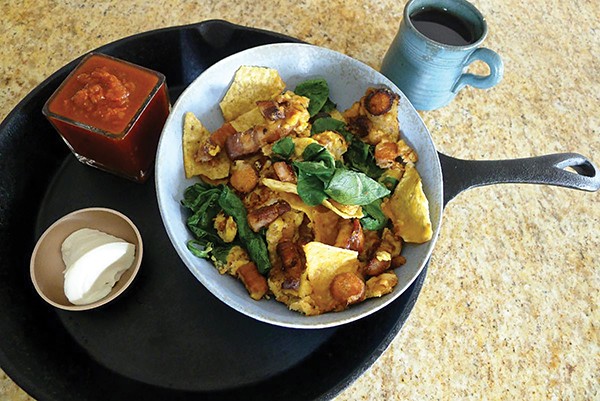 Ari Levaux
Ari Levaux
Breakfast nachos with egg, carrots, and spinach
These days, I sometimes don’t wait for the crumbs. Instead, I make a migas variation with whole, unbroken chips. Breakfast nachos, as I call them, are for when migas just aren’t big enough.
I soak the chips in beaten egg and pan fry them with vegetables. This treatment gives the formerly crunchy chips a moist, pliable texture that’s somewhere between a tamale and a cheesy enchilada.
While happy hour-style nachos are a legendary beer sponge, breakfast nachos are at least as good at absorbing coffee, thanks to those eggs. And when you’ve got eggs and coffee, you’ve got breakfast. Hence the name.
This eggy tortilla matrix can absorb whatever vegetables and proteins you could think to add, with each addition cooked as needed so as to be ready when the eggs are done. Bright-green broccoli florets may not be a typical topping for nachos, but the egg helps them fit in. Fry ground meat ahead of time. Add leftover pulled pork at the last minute.
Migas are about improvisation, and that spirit lives on in my breakfast nachos. I’ve swapped the corn chips for potato chips and would do it again. One thing I won’t be doing is waiting for the end of a bag to make my migas.
Breakfast Nachos
Breakfast nachos are pan-fried like migas, rather than baked like nachos. You need a pan with a tight-fitting lid, preferably a heavy pan that can hold heat. Unless it’s a really big pan, you should prepare this dish one serving at a time, as you would an omelet.
In today’s rendition, I’ve included carrots and spinach, as they are currently in season, but you could prepare it with whatever vegetables you care to eat with breakfast. Jalapeños are good. Mushrooms, too.
Makes one large serving.
Ingredients:
2 eggs
¼ cup milk
½ cup (loosely packed) grated cheese
2 tablespoons oil (or bacon or side pork, chopped)
1 carrot, sliced into ¼-inch thick rounds
2 cups whole corn chips (shake the cup so they settle)
1 clove garlic, minced
1 handful of spinach or baby bok choy
Serve with: salsa, coffee
Instructions:
Beat the eggs and milk in an oversized bowl. Add the chips and gently toss them so they are completely coated and sitting in a pool of egg wash.
Heat the pan on medium. Add the carrot and oil (or chopped bacon), everything scattered so each piece makes contact with the pan. Give it a stir after about 4 minutes. After another 2 minutes, add the garlic, stir everything around, add the spinach on top, and cook another minute. Add the soggy chips and quickly give them a gentle stir to mix them with the carrots, garlic, and spinach. Spread the chips evenly around the pan, then add the remains of the egg wash, sprinkle the cheese on top, and cover.
Cook for a minute with the lid on, then take a peek. If it looks like it’s setting up, with the egg on top looking close to cooked and the cheese melting, then turn it off and let it finish in place on the hot stove. If it’s not quite there, cook another 30 seconds with the lid on and check again. Repeat until it’s almost there, then turn off the heat and let the pan sit covered for about 10 minutes.
Stack it all into a steaming pile and serve with copious amounts of salsa and coffee.
Nachos for breakfast, anyone?
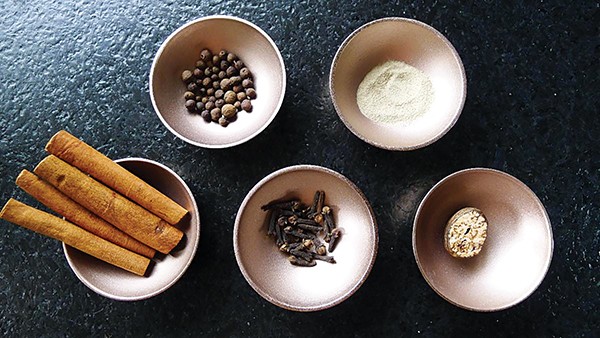 Arii levaux
Arii levaux 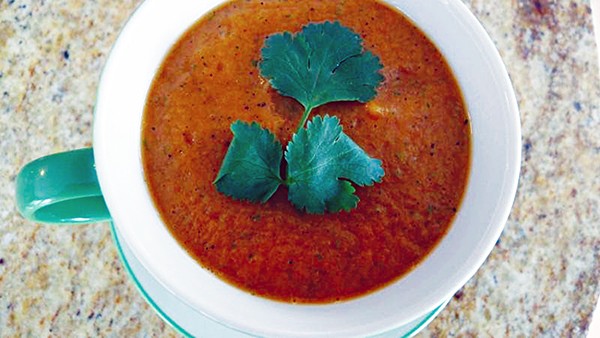 Ari Levaux
Ari Levaux 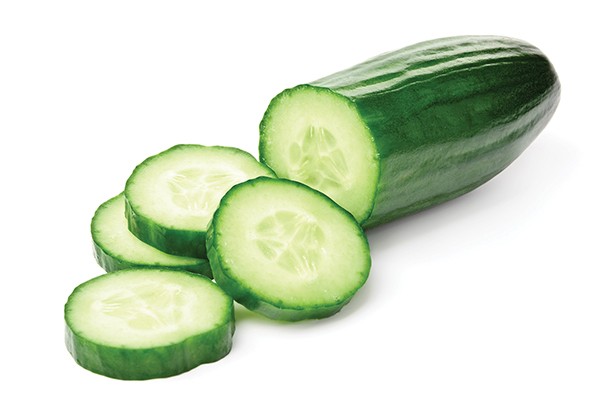 Anna Sedneva | Dreamstime.com
Anna Sedneva | Dreamstime.com 
 Ari Levaux
Ari Levaux 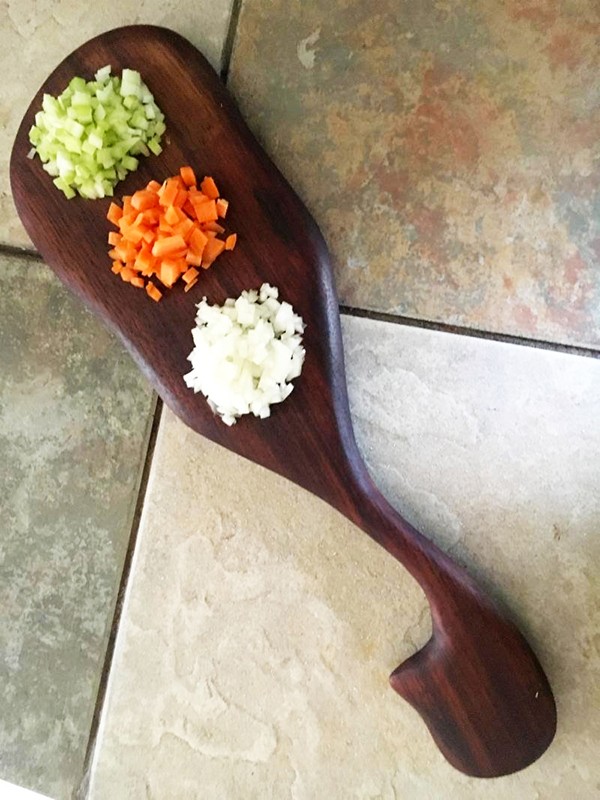 Ari Levaux
Ari Levaux